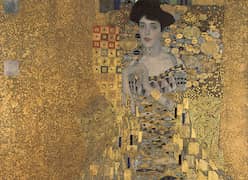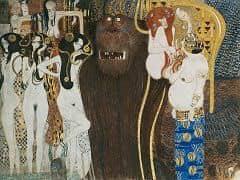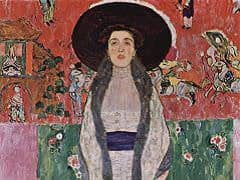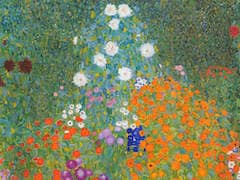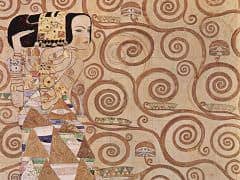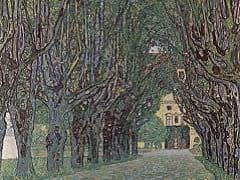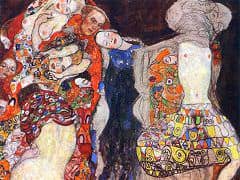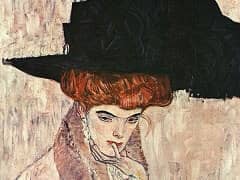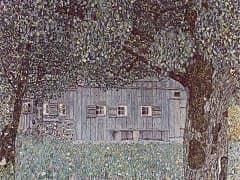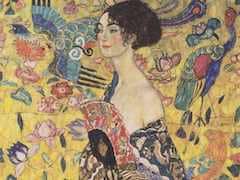Apple Tree II, 1916 by Gustav Klimt
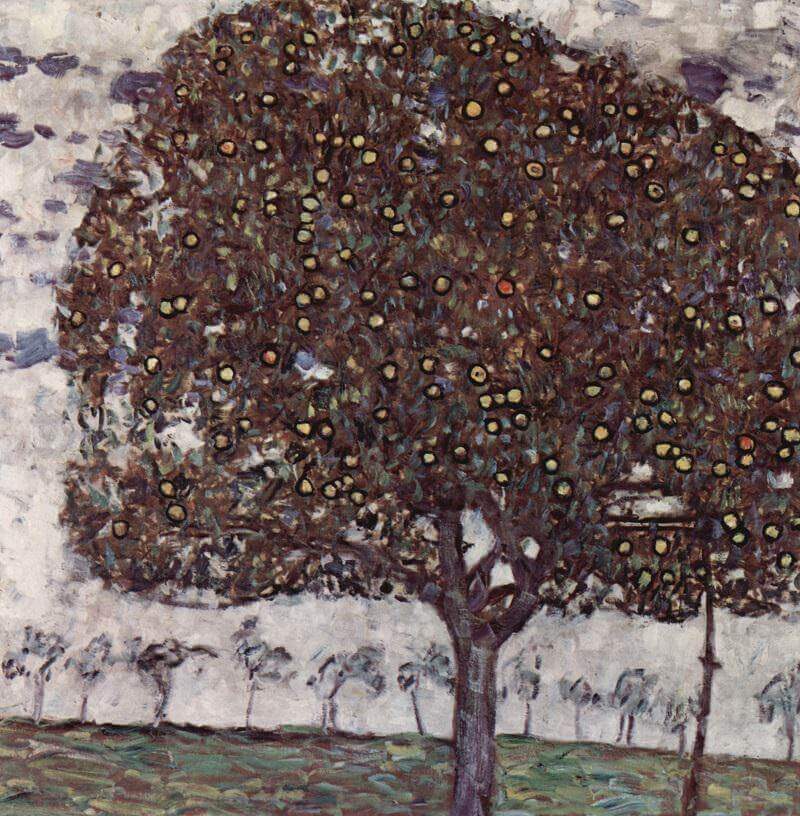
Klimt is known to have painted three pictures of apple trees, The Golden Apple Tree of 1903 (destroyed by fire in 1942), Apple Tree I and Apple Tree II. It is
unclear whether these held any private symbolism for Klimt; however, his repeated attention to the motif makes it likely that he associated the tree with particular qualities. In Christian art, of
course, the apple plucked from the Tree of Knowledge symbolizes the Fall. In Greek myth it represents the golden apple awarded to Aphrodite by Paris in the competition for the most beautiful goddess.
This apple has come to mean discord, as the choice eventually led to the Trojan War. Klimt may also have been thinking of the golden apples from the garden of the Hesperides, an attribute of Heracles in
Greek legend; or from the garden of Freya, the Norse goddess of love and magic. Both these traditions associate the golden apple with immortality. The widely spaced dates of Klimt's three versions,
make it unlikely that the apple tree held one single meaning for Klimt. While the last may have been painted against the background of the First World War, and perhaps, therefore, refers most strongly
to the theme of discord, or fears of mortality, the earliest was painted in untroubled times.
The styles of Apple Tree I and Apple Tree II differ considerably. The first is comparable with earlier works, such as
Farm Garden with Sunflowers, in the all-over patterning of colour, in which the lack of sky reduces all sense of perspective, and background leaves are
given the same density of colour and definition of line as the flowers in the foreground. Apple Tree II, however, is a much looser work. Individual brushstrokes can be seen quite clearly, and
the only pattern-making apparent is in the unrealistic outlining of the apples in thick paint, and the solid dots of colour inside.



